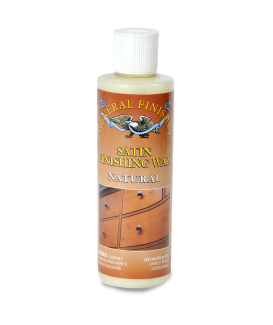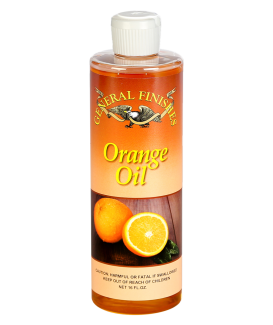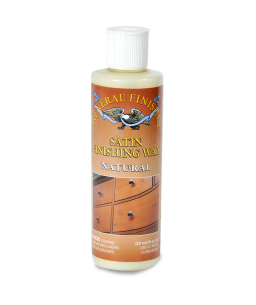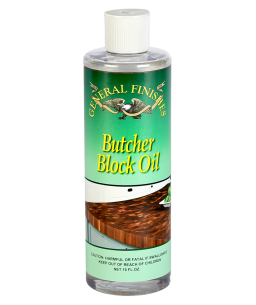Compatibility: Do not use water-based products with Linseed Oils or Danish Oils.
Limited Warranty
General Finishes products must be tested to your complete satisfaction before using. General Finishes will not be responsible for color satisfaction, misapplication, nor compatibility with other manufacturers' products. General Finishes will be responsible only for the cost of our products, and not for costs such as labor, damage or project replacement.
Contamination and Compatibility
Our finishes are engineered as a system and are compatible with each other. General Finishes cannot guarantee an ideal refinish when applying our products on top of or combined with another company's products or over surfaces that have been in contact with waxes, polishes or sprays containing contaminants such as silicone. Test for adherence and aesthetics before beginning.
CAUTION: Contains ALIPHATIC HYDROCARBONS. VAPOR HARMFUL. Use only with adequate ventilation. DELAYED EFFECTS FROM LONG-TERM OVEREXPOSURE. Contains solvents which can cause permanent brain and nervous system damage. Intentional misuse by deliberately concentrating & inhaling the contents can be harmful or fatal.
Warning
If you scrape, sand, or remove old paint, you may release lead dust. LEAD IS TOXIC. EXPOSURE TO LEAD DUST CAN CAUSE SERIOUS ILLNESS, SUCH AS BRAIN DAMAGE, ESPECIALLY IN CHILDREN. PREGNANT WOMEN SHOULD ALSO AVOID EXPOSURE. Wear a NIOSH-approved respirator to control lead exposure. Clean up carefully with a HEPA vacuum and a wet mop. Before you start, find out how to protect yourself and your family by contacting the National Lead Information Hotline at 1-800-424-LEAD or log onto www.epa.gov/lead.
Do not swallow; first aid: drink water to dilute product. May cause eye and skin irritation; first aid: flush eyes thoroughly with water.
FIRST AID: In case of eye contact, flush thoroughly with large amounts of water for 15 minutes and get medical attention. For skin contact, wash thoroughly with soap and water. In case of respiratory difficulty, provide fresh air and call physician. If swallowed, do not induce vomiting. Get medical attention immediately.
Warning
This product contains a chemical known to the State Of California to cause cancer and birth defects. Do not swallow; first aid: drink water to dilute product. May cause eye or skin irritation; first aid: flush eyes thoroughly with water.

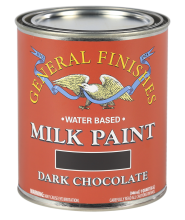 Milk Paint
Milk Paint
 Enduro Ready to Match (RTM) Water Based Stain
Enduro Ready to Match (RTM) Water Based Stain
 Brushable White Enamel
Brushable White Enamel
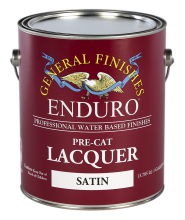 Enduro Pre-Cat Lacquer
Enduro Pre-Cat Lacquer
 Gel Stains
Gel Stains
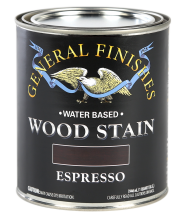 Water Based Wood Stain
Water Based Wood Stain
 Pro Image Flooring Topcoat
Pro Image Flooring Topcoat
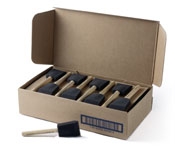 Jen Poly Brushes
Jen Poly Brushes
 Stir Stix
Stir Stix
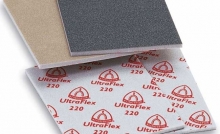 Ultraflex Softback Sanding Sponge
Ultraflex Softback Sanding Sponge


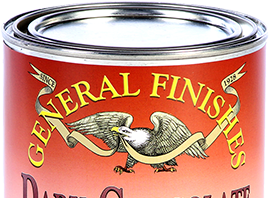
 SDS: Orange Oil - 2018-05
SDS: Orange Oil - 2018-05
